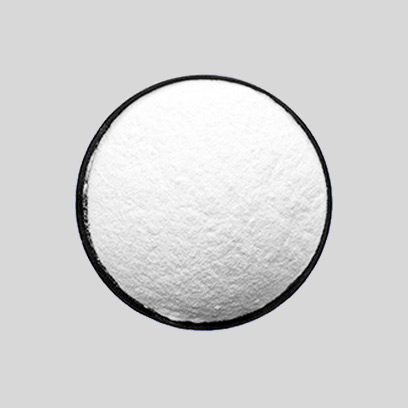
Aug . 15, 2024 03:25 Back to list
High-Quality Rutile Titanium Dioxide R816 for Superior Coating and Paint Applications
Exploring the Versatility of Rutile Titanium Dioxide (R816) for Coatings and Paints
Rutile titanium dioxide (TiO₂) is a widely utilized pigment in various industries, particularly in coatings and paints due to its exceptional properties. The R816 variant of rutile TiO₂ stands out for its unparalleled brightness, opacity, and durability, making it a preferred choice for manufacturers aiming for high-quality results. In this article, we will explore the characteristics and advantages of R816 titanium dioxide, along with its applications in coatings and paints.
Characteristics of R816 Titanium Dioxide
R816 rutile titanium dioxide is known for its superior light-scattering properties, which translate into excellent opacity and whiteness. This pigment is produced through advanced processes that enhance its purity and crystallinity, resulting in a product that exhibits remarkable performance in various formulations. The rutile structure of R816 contributes to its high refractive index, allowing it to efficiently reflect and scatter light, which is crucial in achieving vibrant and long-lasting colors in coatings and paints.
Additionally, R816 demonstrates excellent chemical stability, resisting degradation from UV light and environmental factors. This inherent durability ensures that coatings and paints maintain their aesthetic appeal over time, without fading or yellowing, regardless of exposure to harsh weather conditions. Furthermore, its compatibility with various resin systems provides formulators with flexibility in creating diverse paint formulations tailored to different applications.
Applications in Coatings and Paints
china chemical material tio2 rutile titanium dioxide r816 for coating and paints

The applications of R816 titanium dioxide are diverse, encompassing a wide range of coatings and paints used in industrial, architectural, and decorative sectors. In the architectural segment, R816 can be found in exterior and interior paints, offering excellent coverage and color retention. Its ability to provide a protective barrier against moisture and UV light contributes to the longevity of the paint films, making it an ideal choice for residential and commercial buildings.
In industrial coatings, R816 titanium dioxide is favored for its exceptional durability and corrosion resistance. It is commonly used in automotive paints, where the need for longevity and aesthetic appeal is paramount. Here, the high-opacity characteristics of R816 not only enhance the visual quality but also contribute to prolonged protection against wear and tear.
Moreover, R816 TiO₂ is increasingly utilized in specialty coatings, including those aimed at providing anti-fungal and anti-bacterial properties. This makes it suitable for applications in healthcare settings, food processing, and other environments where sanitation is critical. The versatility of R816 allows it to be incorporated into formulations designed for high-performance applications, such as marine and protective coatings.
Conclusion
The significance of rutile titanium dioxide, particularly the R816 variant, in the coatings and paints industry cannot be overstated. Its outstanding characteristics—optical performance, chemical stability, and versatility—make it an integral component for achieving high-quality, durable, and aesthetically pleasing products. As the demand for innovative coating solutions continues to grow, the importance of R816 titanium dioxide will likely expand further.
In a market where sustainability and performance are paramount, R816 titanium dioxide positions itself as a reliable choice for manufacturers striving for excellence. By leveraging the advantages of this premium pigment, formulators can create coatings and paints that not only meet but exceed customer expectations, ensuring the continued relevance and growth of the coatings industry.
-
China Lithopone in China Supplier – High Quality Lithopone ZnS 30% Powder for Wholesale
NewsJun.10,2025
-
Top China Titanium Dioxide Company – Premium TiO2 Powder Supplier & Manufacturer
NewsJun.10,2025
-
Fast Shipping 99% Pure TiO2 Powder CAS 13463-67-7 Bulk Wholesale
NewsJun.10,2025
-
Top China Titanium Dioxide Manufacturers High-Purity R996 & Anatase
NewsJun.10,2025
-
Lithopone MSDS Factories - Production & Quotes
NewsJun.10,2025
-
High-Quality Titanium Dioxide in Water Suppliers - China Expertise 60
NewsJun.09,2025
